From March 1, 2024, all non-compliant 2G phones will not be able to make calls or send messages.
This is an important step in the roadmap to turn off 2G waves in Vietnam with the goal of dedicating bandwidth to developing 5G waves, aiming to popularize smartphones for people.
Deputy Director of the Department of Telecommunications, Ministry of Information and Communications Nguyen Phong Nha said that the policy of stopping 2G technology and switching to 4G aims to promote the fourth industrial revolution, helping people access public services and transactions on the network environment at high speed. The policy of stopping 2G and moving towards stopping 3G is an important content in the action plan of the Department of Telecommunications for the period 2023-2026.
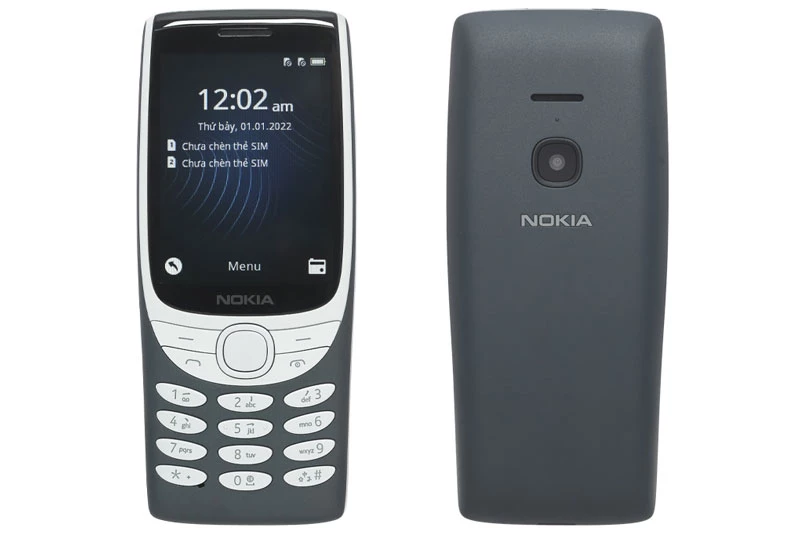
Turning off 2G is an inevitable trend
Since 1993, 2G network has been applied in Vietnam. After 20 years, this network has revealed many limitations, affecting the development of new technology. Since 2020, telecommunications networks in Vietnam have piloted the deployment of 5G network. To date, 55 provinces and cities in our country have tested 5G network technology.
The leapfrogging development of new technology and the exponential increase in smart connectivity have made 2G and 3G networks no longer able to meet user needs. For network operators, the cost of simultaneously operating 2G, 3G, 4G, and 5G waves is expensive. Therefore, the Ministry of Information and Communications has a policy of turning off 2G waves to optimize frequency planning, telecommunications network infrastructure, and operating costs to meet the requirements of the national digital transformation process, and to perform many tasks in the digital environment.
In the world, Japan was the first country to turn off 2G waves in 2010. To date, more than 100 countries in the world have turned off 2G waves. In Vietnam, turning off 2G waves is an inevitable trend, but experts and network operators all agree that this is a policy with a large social impact when the rate of 2G users in our country is still high. By December 2023, according to statistics from the Department of Telecommunications, Vietnam still has about 15 million subscribers using 2G. Viettel is the network operator with the largest number of 2G subscribers. VinaPhone network still has 3 million 2G users, of which a large proportion are elderly people, people living in rural areas, remote areas. These are people with lower access to information, facing income barriers, so they have difficulty replacing their phones.
Deputy Minister of Information and Communications Pham Duc Long said that by September 2024, Vietnam will completely turn off 2G waves; frequency licenses granted to network operators deploying 2G networks will also expire at that time. The Ministry of Information and Communications will re-plan the 1800MHz and 1900MHz bands, not serving 2G Only devices.
The service life of a terminal device is about 3 years. Since 2020, the Ministry of Information and Communications has issued regulations prohibiting the import of 2G devices, and devices imported into our country are currently imported through unofficial channels. Since July 2021, 2G only phone models have been stopped from being licensed for import into Vietnam. Devices imported before July 1, 2021, which have been granted a certificate of conformity, can still be used normally until the official nationwide 2G wave cutoff (September 2024). From March 1, 2024, 2G phones that only support 2G only network technology and are not on the list of certified conformity announced by the Ministry of Information and Communications will not be allowed to enter the mobile network. Telecommunications operators will not allow these 2G only devices to join the network. Thus, by September 2024, 2G devices in Vietnam will have a usage time of about 3 years, at the end of the usage cycle. When the 2G device breaks down, users will replace these devices. No more 2G devices, no more 2G waves, the 2G network will be officially eliminated.
Join hands to support
To implement the policy of turning off 2G waves, the Ministry of Information and Communications, the Department of Telecommunications, and network operators have deployed many optimal conversion support plans to ensure consumer rights, leaving no one behind.
A representative of the Telecommunications Department, Ministry of Information and Communications, said that there are many support programs to encourage people to switch from 2G to 4G. Specifically, the Public Telecommunications Fund allocates funds to support poor households, remote areas, and about 400,000 phones. The People's Committees of some provinces and cities have plans to support disadvantaged households that are not eligible for support from the Public Telecommunications Fund through online public service application programs. In addition, support can also be implemented in the form of socialization through pre-installation of support applications in phones.
Over the past 2 years, VinaPhone has proactively turned off individual stations that do not generate or generate very little traffic, while promoting communication about the shutdown of 2G waves at transaction points, mobile sales points, leaflets, etc. and implementing solutions and devices to support the 2G network. In particular, to support users affected by the shutdown of 2G waves, VinaPhone has assigned staff to provide direct support and implemented terminal equipment subsidies, recommending consumers to switch and upgrade 2G devices to 3G/4G/5G devices to ensure uninterrupted communication. VinaPhone has developed specific scenarios for customer groups such as the elderly, people living in remote areas with programs such as giving away devices, subsidies, and attractive packages to help subscribers switch to 4G.
According to Mr. Nguyen Trong Tinh, Deputy General Director of Viettel Telecom, to achieve the rate of 2G users below 5% by September 2024, as a basis for shutting down 2G waves, Viettel network is increasing 4G coverage, bringing prices down to very low levels, suitable for customers' payment needs. This network also supports 50% of the price of the device for customers switching from 2G to 4G, providing the market with a line of low-cost smartphones (about more than 1 million VND). Customers using smartphones who successfully switch from 2G to 4G will receive an additional 28GB of high-speed data, free data when watching TV360 TV application, participating in many promotional programs, giving gifts, and lucky draws.
There are currently about 3 million 2G subscribers using the MobiFone network. This network has turned off 2G waves in areas with low traffic, sending text messages, making phone calls, and assigning local staff to take care of users, avoiding the situation where users turn on their phones only to find out there is no network. When customers have a need, MobiFone will support users to change their 2G SIM to 4G for free.
Telecom operators have checked the number of 2G subscribers in each district. The roadmap for shutting down 2G waves will be planned monthly. During this entire process, state management agencies and telecommunications enterprises will closely coordinate to remove difficulties and obstacles for people, ensuring that the goal of shutting down 2G waves by September 2024 will be successfully achieved.
According to Ngoc Bich/VNA
Source












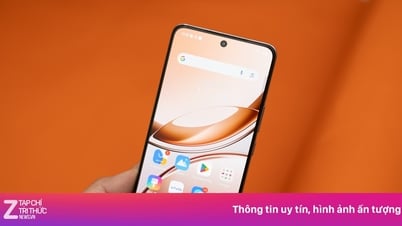
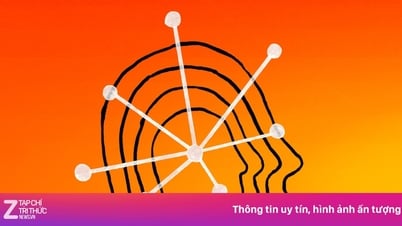







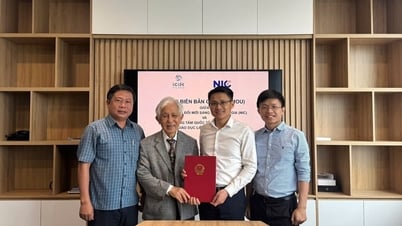























































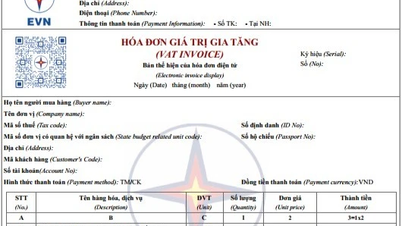

















Comment (0)